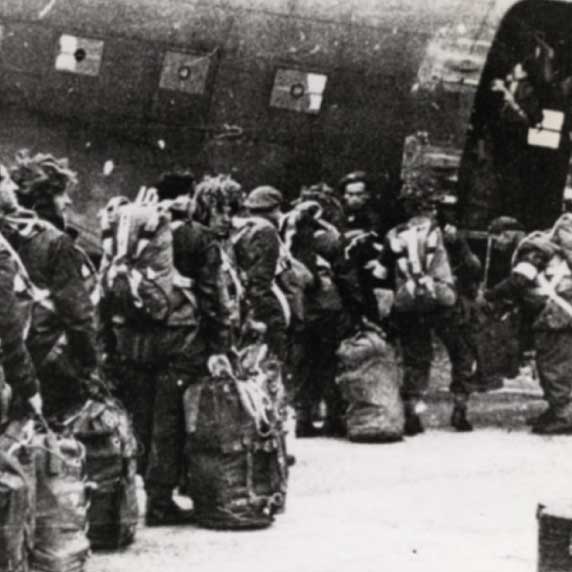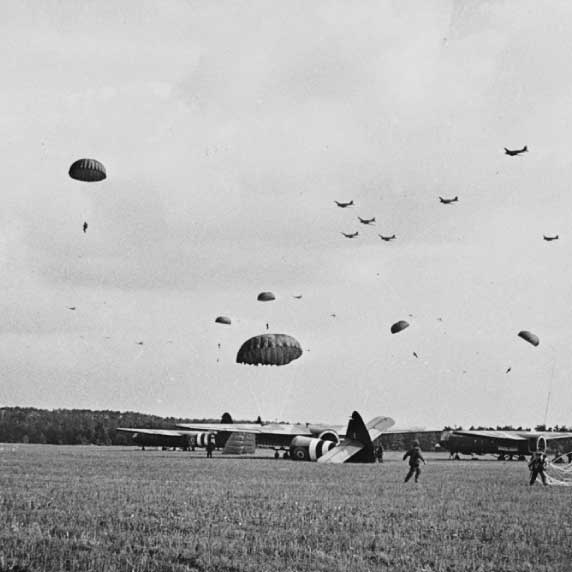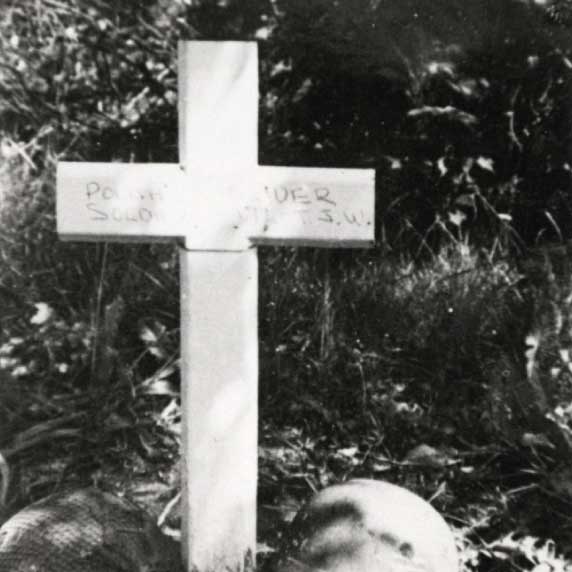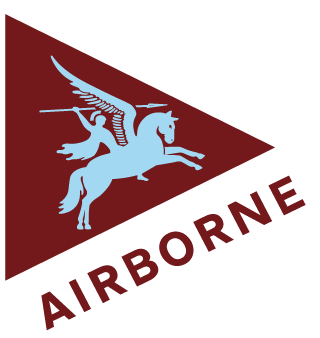THE BATTLE OF ARNHEM
With 'Operation Market Garden', Arnhem became the world stage with the largest operation on Dutch soil during the Second World War. From September 17 to 25, 1944, a joint Allied invasion was to ensure that a number of important Dutch bridges were captured. During the Battle of Arnhem, the Rhine Bridge proved to be “a bridge too far”. It became a catastrophe that played a key role in the further course of the war. Since 1945, September in Arnhem has been dedicated to the commemoration of the Battle of Arnhem. Arnhem is known worldwide for the Battle of Arnhem and the Bridge Too Far. Unfortunately, the number of veterans is decreasing and the memory is fading. That is why it is now time to commemorate the Battle of Arnhem in an innovative and dignified way. In an experience with art, film and music, Bridge to Liberation in an Experience brings the stories surrounding the Battle of Arnhem alive for everyone; from 8 to 88 years. This lays a foundation for commemorating the Battle of Arnhem in the future.

MARKET GARDEN
THE BATTLE OF ARNHEM


HARTENSTEIN

ARNHEM: A GHOST TOWN
THE HUNGER WINTER AND PEACE
The failure of the Battle of Arnhem means that the entire Netherlands above the Rhine (Western and Northern Netherlands) was not liberated before the winter of 1944. This is a very harsh winter in the Netherlands and due to the war there is not enough fuel left to heat the houses. But even worse is that there is not enough food for everyone. That is why many people walk from village to village, every day, in search of food. Unfortunately, 20,000 Dutch citizens died that winter due to the shortages.
This period quickly became known as 'Hunger Winter'. Only in May 1945 did the military succeed in defeating Germany. The German troops also surrender in the Netherlands. The peace negotiations will take place on May 5 in hotel 'De Wereld' in Wageningen. The west and north of the Netherlands have finally been liberated. Only now can the reconstruction of the entire Netherlands begin.





